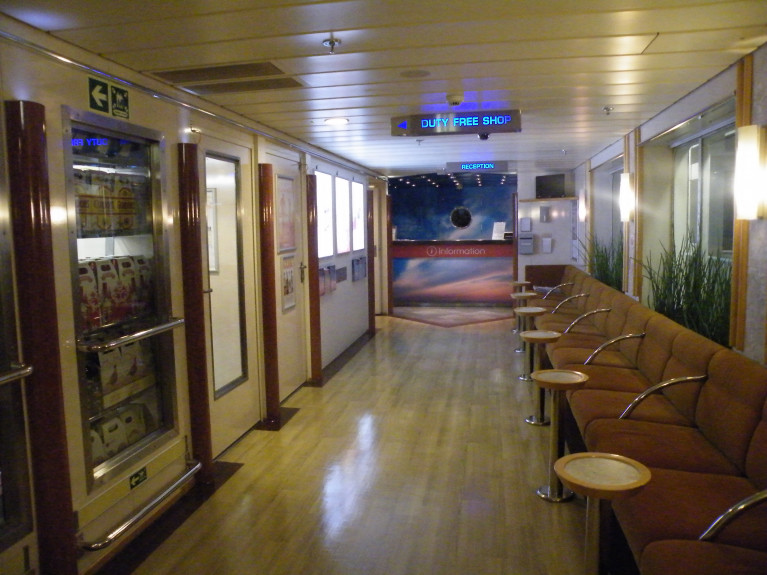Displaying items by tag: Irish Sea (Holyhead)
Ferry Firm Preparing for 'Return of Duty Free' as Irish Sea Booze Cruise Could Be Back after Brexit
Ferry operator Stena Line is "preparing for the return of duty free" - which could even revive the Holyhead booze cruise after Brexit, reports NorthWalesLive.
Recent weeks and months has seen major concern over the impact of Brexit on trade at the port and the potential disruption - with fears about how prepared governments and businesses are for the changes.
But the return of duty free could bring some cheer.
Irish daytrippers were a regular sight on the streets of Holyhead during the 1980s and 90s, with the town’s shops and pubs benefiting while visitors took advantage of duty-free sales onboard while sailing.
It came to an end in 1999 when the EU scrapped the sale of tax-free alcohol, tobacco and perfume while travelling between member states.
But this is set to change after January 1.
UK Government has said that British passengers travelling to EU countries will be able to take advantage of duty-free shopping from January 2021.
This means that passengers will be able to buy duty-free alcohol and tobacco products, where available, in British ports, airports, and international train stations, and aboard ships, trains and planes.
The Irish Government also this week confirmed travellers from Ireland to the UK are set to enjoy duty and tax free purchases at ports and airports from 1 January - if their 2020 Brexit bill goes through as it stands.
It came after a push from the Irish Duty Free Alliance, which said it was able to show the clear benefits of duty and tax free sales to UK passengers.
For more click here including the UK Government which outlined examples of items and their reduction in savings.






























































